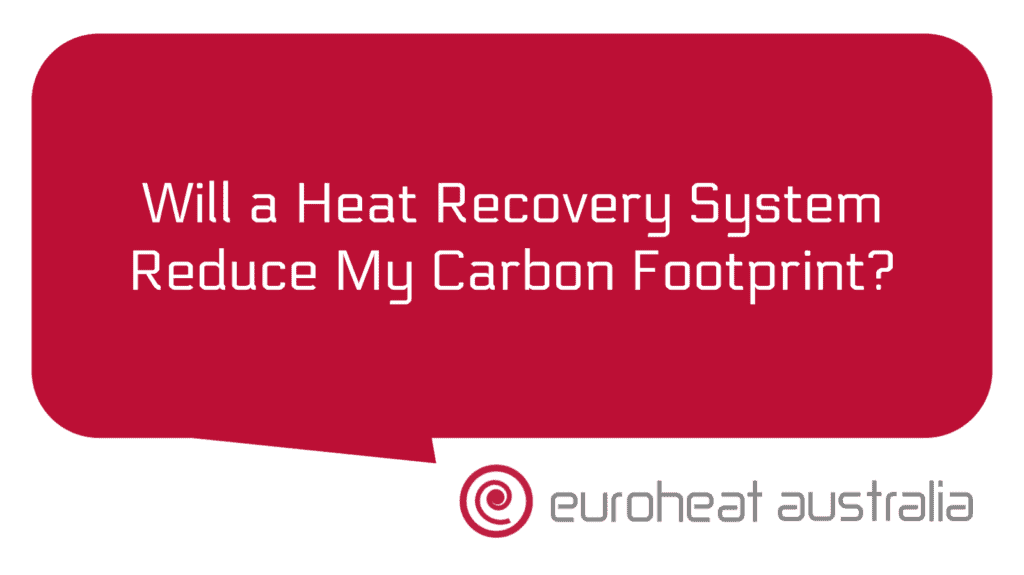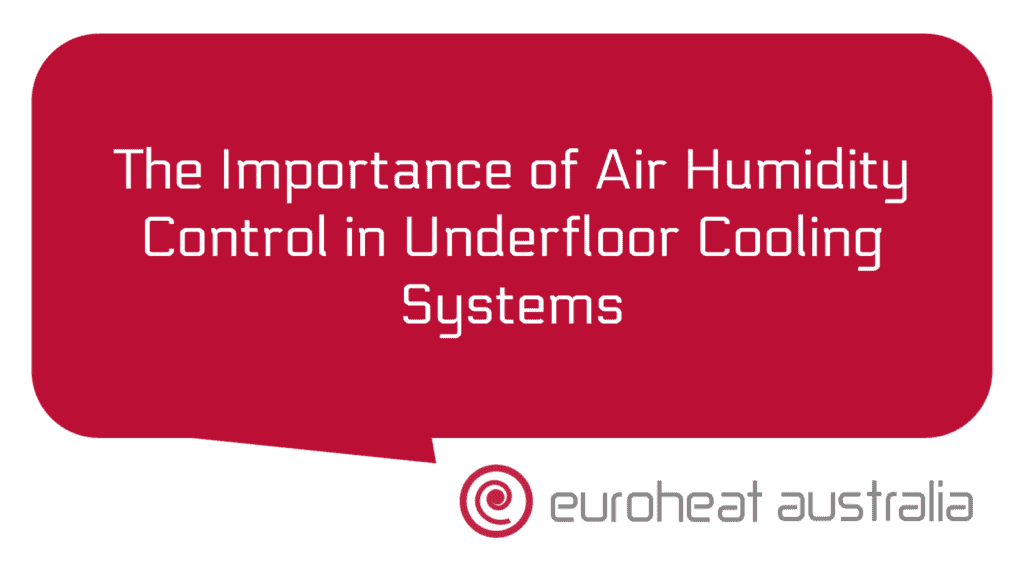Heat recovery systems are an effective way of capturing heat energy and using it to warm up your home. Installing a heat recovery system can result in significant savings on energy bills, improve your home’s indoor air quality and reduce your environmental impact.
When it comes to selecting the right heat recovery system for your home, you need to consider the different types of filters available. There are three main types of filters used in a heat recovery system: particulate, odour and chemical filters. Each of these filters has its own unique benefits and can be used to achieve a variety of results.
Particulate (or ‘dust’) filters are designed to capture dust particles from the air that can cause allergies or asthma reactions in some people. These filters are typically made from polyester or polypropylene materials, which trap particles as small as 0.3 microns in size. Particulate filters are often combined with mechanical pre-filters for larger particles, such as pollen or pet dander.
Odour filters help reduce unpleasant smells caused by cooking, pets or other sources. They usually contain activated charcoal which absorbs gases and other odours when passing through the filter material. Odour filters may also contain baking soda or other compounds that help neutralise odours instead of just absorbing them.
Chemical filters are designed to remove chemicals like chlorine and volatile organic compounds (VOCs) from the air inside your home. These chemicals can cause health problems if they build up over time, so chemical filtration is essential for anyone with allergies or sensitivities to airborne pollutants. Chemical filtration usually involves passing the air through a high-efficiency particulate arresting (HEPA) filter which captures tiny particles down to 0.3 microns in size.
Installing a heat recovery system with any combination of these three main types of filter can be beneficial for improving indoor air quality and reducing allergies and asthma symptoms in sensitive individuals such as children or elderly people living inside the house . It also helps reduce energy costs by capturing heat from air passing through the system and redirecting it into the house . Depending on the size of your home, installing a heat recovery system could result in up to 15% savings on energy bills each year .
For those looking for more than just cost savings , Euroheat Australia provides professional design and installation services for hydronic heating & cooling systems with over 30 years experience in this sector . Their team will work with you to develop an individualised solution tailored specifically towards your needs , helping you get maximum value out of your investment while providing you peace-of-mind knowing that everything is done according to Australian standards . By using their services , you can ensure that all components comprising your hydronic heating & cooling system will be installed correctly – leading not only to greater efficiency but also increased safety during operation .





